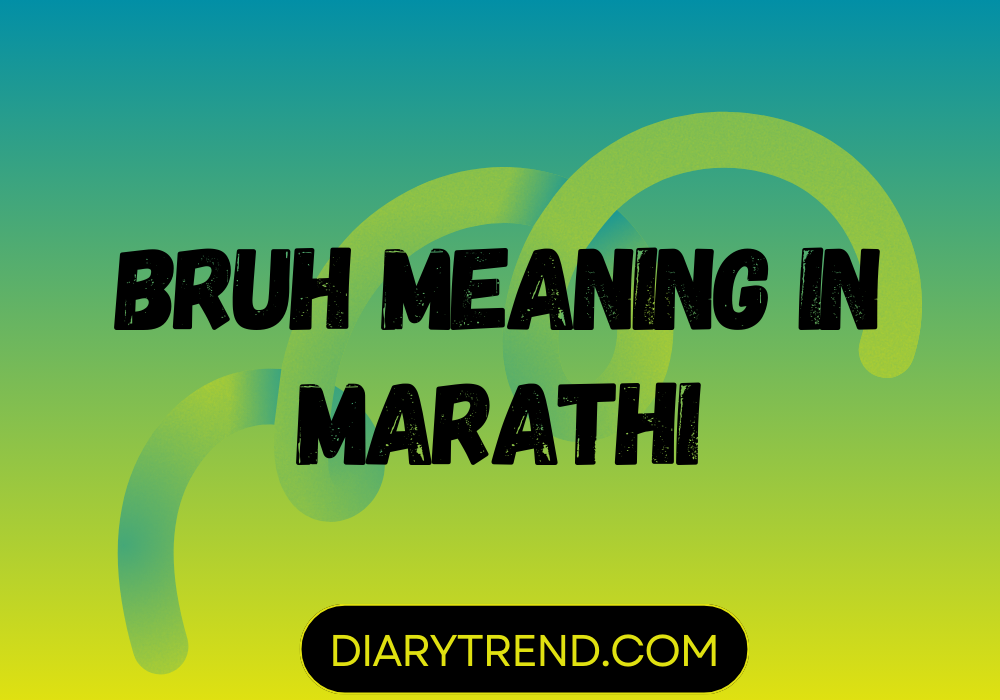In the ever-evolving landscape of language, slang plays a pivotal role in reflecting the zeitgeist of societal norms, trends, and cultural shifts. “Bruh,” a term that originated in the English-speaking world, serves as a quintessential example of how a simple expression can encapsulate camaraderie, frustration, or disbelief among peers. This article delves into the journey of “bruh” from its roots in English slang to its place within the Marathi language, offering insights into the broader phenomena of linguistic adaptation and cultural exchange.
The Origin and Evolution of “Bruh”
The term “bruh” finds its origins in African American Vernacular English (AAVE) as a variant of “bro” or “brother,” which has been used for decades to refer to a male friend or associate. Over time, “bruh” transcended its initial community boundaries, permeating various facets of English-speaking cultures around the world. Its usage has been popularized through social media, memes, and viral videos, further cementing its position in everyday vernacular.
Slang: The Language of Rebellion and Belonging
Slang, by its very nature, is a testament to the creativity and dynamism of language. It often emerges from subcultures or specific demographic groups seeking to establish identity markers that distinguish them from the mainstream. Slang words like “bruh” serve multiple functions: they can act as a form of social bonding, a way to convey nuanced emotions or experiences, and a tool for asserting individuality or group identity.
Linguistic Adaptation: The Journey of “Bruh” into Marathi
Marathi, an Indo-Aryan language spoken predominantly in the Indian state of Maharashtra, boasts a rich linguistic heritage and a dynamic lexicon that readily absorbs and adapts foreign terms. The introduction of “bruh” into Marathi-speaking circles illustrates the global exchange of cultural and linguistic elements. While Marathi does not have a direct equivalent of “bruh,” the term “भाऊ” (bhāū) mirrors its essence, conveying a sense of brotherhood and familiarity among peers.
Cultural Exchange and Language Evolution
The adoption of “bruh” into Marathi is emblematic of broader trends in cultural exchange and language evolution. In an increasingly interconnected world, languages are constantly borrowing from one another, leading to the enrichment of vocabularies and the creation of hybrid forms of communication. This cross-pollination of languages not only facilitates cross-cultural understanding but also showcases the adaptability and resilience of linguistic expressions.
Conclusion
The story of “bruh” and its resonance in languages like Marathi underscores the fluidity of language and its capacity to transcend geographical and cultural barriers. As societies evolve and interact, so too do the words we use to communicate, connect, and convey our shared human experiences. The journey of slang terms like “bruh” from niche expressions to global phenomena highlights the ongoing dialogue between languages, inviting us to embrace the diversity and complexity of our linguistic landscapes.
This exploration of “bruh” in the context of Marathi not only sheds light on the specificities of linguistic adaptation but also reflects on the broader dynamics of language as a living, breathing entity. As we continue to navigate the rich tapestry of global cultures and languages, terms like “bruh” serve as reminders of our shared capacity for innovation, adaptation, and understanding.
